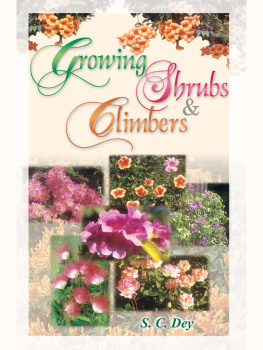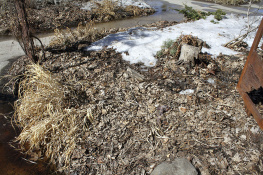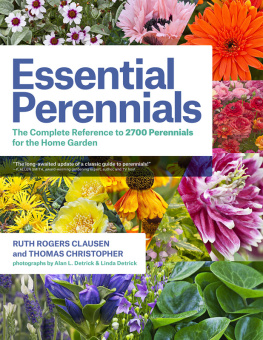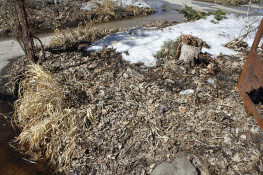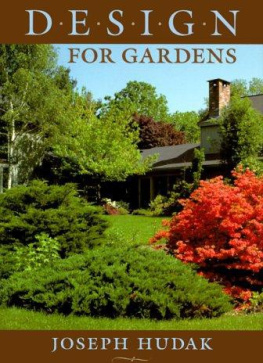Shrubs
Large and Small

Shrubs
Large and Small
Natives and Ornamentals
for Midwest Gardens
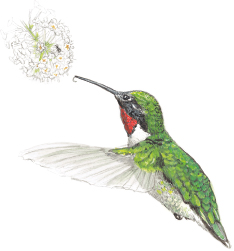
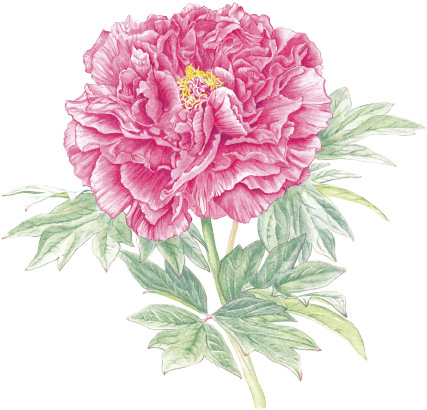
Moya L. Andrews & Gillian Harris
Illustrated by Gillian Harris

AN IMPRINT OF INDIANA UNIVERSITY PRESS BLOOMINGTON & INDIANAPOLIS
This book is a publication of
Quarry Books
an imprint of
Indiana University Press
601 North Morton Street
Bloomington, Indiana
47404-3797 USA
iupress.indiana.edu
Telephone orders 800-842-6796
Fax orders 812-855-7931
2013 by Moya L. Andrews and Gillian Harris
All rights reserved
No part of this book may be reproduced or utilized in any
form or by any means, electronic or mechanical, including
photocopying and recording, or by any information storage
and retrieval system, without permission in writing from
the publisher. The Association of American University
Presses Resolution on Permissions constitutes the
only exception to this prohibition.
This book is printed on acid-free paper.
Manufactured in China
See page 147 for Library of Congress
Cataloging-in-Publication data.
1 2 3 4 5 18 17 16 15 14 13
TO OUR PARENTS
Noel and Verne Landsberg (in memoriam)
Richard L. and Shirley Ann Donley Harris
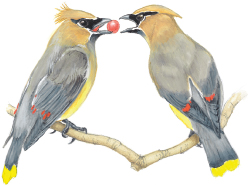
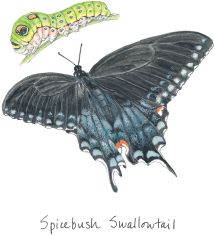
Contents
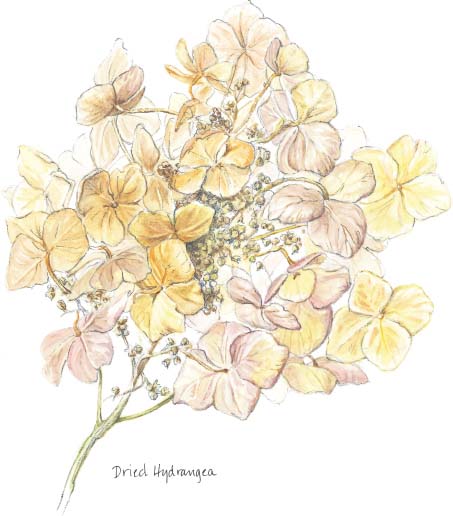
Illustrations
Each little flower that opens,
Each little bird that sings,
He made their glowing colors,
He made their tiny wings.
Anglican hymn,
Mrs. Cecil Frances Alexander
(18181895)
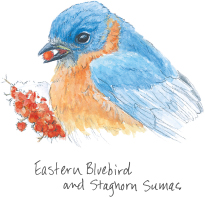
Preface
The woody shrubs that we choose to grow, together with our trees, determine the architecture of our gardens. While we can easily change the herbaceous plants we grow from year to year, the shrubs are long-term residents and become a major part of the fabric not only of our gardens, but of our lives. For gardeners the passage of time is punctuated by what happens in the natural world around us and especially in our own little patch. Most of us enjoy the anticipation when a favorite shrub is in bud and about to bloom, or when it is time for special birds to appear in search of berries we provide in our shrub border. The expectation is often almost as satisfying as the reality.
The shrubs we select and grow near our homes, of course, reflect our priorities as well as our preferences. If we love flowers we choose as many deciduous flowering shrubs as we can. If we love the vibrancy of winged activity in our yards, we plant shrubs that provide food and shelter for birds and butterflies. We also plant some native shrubs to provide food for the caterpillars that will become butterflies and the other insects that are essential to the maintenance of our ecosystem. If we are concerned about the environment, we carefully avoid planting invasive species because birds eat their seeds and excrete them in the wild, where they (e.g., Asian honeysuckle, autumn olive, and other aggressors) can overwhelm our native plants. But most of us dont avoid including some benign imported plants that have proven to be good citizens in gardens here across many generations. These are some of our most-loved shrubs (e.g., lilacs and roses), which have lived on our shores since the days of the colonists. As well as having showy flowers, many of these traditional shrubs provide nectar for pollinators in the garden.
In this book we have showcased twenty of our favorite shrubs, and described many more garden-worthy varieties. Some are natives and some are imported from temperate regions in other parts of the world. The shrubs referred to as natives in this book are, but for a few exceptions, those that naturally occur in the eastern U.S., i.e., east of the Mississippi River and north of the Ohio, and Minnesota to Arkansas. Most are solidly Midwestern natives, and some are primarily denizens of the south that also venture north across the Ohio River. All are suitable for growing in the Midwestern garden. There are so many interesting and beautiful shrubs available that gardeners nowadays have no problem finding varieties that fit their needs and ones they will enjoy for years to come. Plant hybridizers have provided us with many new cultivars. Especially noteworthy are the small, slow-growing, and even dwarf shrubs that are now on the market. These make shrub maintenance so much easier, as older varieties often grew too big for small home gardens and required a lot of pruning to keep them in check. Now we can find a shrub for every site and one that is the perfect size at maturity if we read the plant tags carefully and do a little research before we make our selections.
One of the temptations for a modern gardener, faced with such a wide range of options, is to choose one of every shrub that is available, but we caution against having a garden made up of many singletons. Rather, one should choose three of a similar kind, or even five, if there is room. This usually helps to create an integrated design, though of course an occasional accent plant is useful, too. But a garden full only of accents usually ends up looking like a nursery.
We also urge gardeners to choose, as multiples and especially as accents, shrubs that have more than one season of interest. For example, while forsythia is gorgeous in spring, it has nothing to recommend it the rest of the year and the older varieties are hard to control. So we would certainly not want to have a front yard full of forsythia, as the interest is brief and the boredom is lengthy if such a bush is front and center. Rather, we suggest that a repertoire of shrubs of different types and with many varied seasonal attributes, such as foliage color and/or berries in fall, and branching structure and bark that are interesting in winter, be built up over time. For example, choose shrubs with bloom times that span different months and that provide a sequence of bloom so that the focus of attention moves around the garden at different times of the year. Of course, if a gardener has a nostalgic reason to grow a specific shrub, in spite of its providing interest in only one season of the year (e.g., My grandmother grew it), that is certainly a compelling enough reason to include it in the garden.
The best shrub plantings, from our perspective, are eclectic and include a number of our natives as well as some tried-and-true types of imported shrubs that have been proven to be well behaved and reliable in U.S. gardens. Such a mix includes specimens known to support native wildlife and to create a healthy and diverse ecosystem. After all, each sustainable home garden that exists is a microcosm of the macrocosm. It represents a step toward attaining the cumulative goal of restoring and protecting our nations lands.


